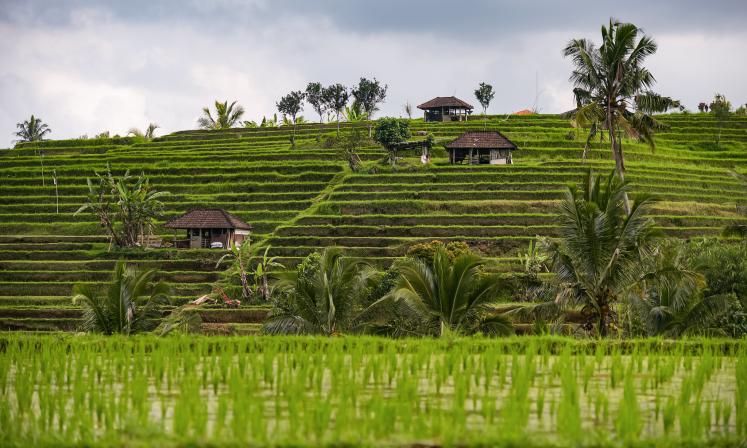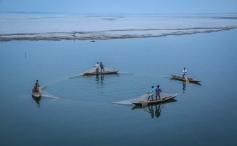This side event at the UN Biodiversity Conference (CBD COP16) will explore how landscape approaches can be embedded into national biodiversity planning and implementation. It will discuss existing initiatives that support integrated and whole-of-society strategies, providing practical guidance and tools.
Speakers and panelists representing a spectrum of interests related to use, management and governance of landscapes and seascapes will highlight good practices, opportunities and challenges in undertaking such integrated approaches.
Participation
The side event is open to attendees of CBD COP16. It will be held in the Indigenous Peoples and Local Communities Meeting Room, Plaza One.
Please note that participants in UNU events may appear in photography, screen captures, videos and/or audio. For further information please refer to Events.
Programme
Welcome Remarks
- Rina Miyake (Programme Coordinator, UNU-IAS)
Presentations
- Andre Mader (Programme Director, Biodiversity and Forests, IGES)
- James Hardcastle (Head, Protected and Conserved Areas Team, IUCN)
- Juan Carlos Ramos (Senior Finance & Policy Manager, EcoAgriculture Partners)
- Andre da Silva Amaral (Associate, One Planet Business for Biodiversity, WBCSD)
- Thomas Maddox (Director of Nature, CDP)
Commentators
- Domoina Rakotobe (Senior Program Officer for Technical Assistance & Capacity Building, HAC for N&P)
- Katherine Madden (Coordinator, NBSAP Accelerator Partnership)
- Fumiko Nakao (Principal Coordination Officer, Secretariat of the Convention on Biological Diversity, CBD Secretariat)
- Wataru Suzuki (Director of Biodiversity Strategy Office, Nature Conservation Bureau, MOEJ)
- Zakri Abdul Hamid (Founding Chair, IPBES / Founding Director, International Institute of Science Diplomacy and Sustainability, UCSI University, Malaysia)
- IPSI community
Panel Discussion and Q&A
Moderator:
- Suneetha M. Subramanian (Research Fellow, UNU-IAS)
Organizers
The event will be co-organized by UNU-IAS, the International Partnership for the Satoyama Initiative (IPSI), the Institute for Global Environmental Strategies (IGES), the International Union for Conservation of Nature (IUCN), the Ministry of the Environment, Japan (MOEJ), Conservation International, EcoAgriculture Partners, CBD Secretariat, the High Ambition Coalition for Nature and People (HAC for N&P), NBSAP Accelerator Partnership, and the World Business Council for Sustainable Development (WBCSD).
Background
Landscape approaches is an umbrella term for strategies that integrate various land and sea uses, balancing biodiversity conservation with production activities. They contribute to Targets 1, 2 and 3 of the Kunming-Montreal Global Biodiversity Framework (KMGBF), while including local and Indigenous perspectives. By addressing power imbalances, identifying synergies, and enhancing socio-ecological resilience, they support whole-of-government and whole-of-society approaches.
Landscape approaches contribute to inclusive, multi-scale planning and foster socio-ecological resilience. Operationalizing these approaches requires clear spatial planning, stakeholder engagement, flexible implementation, monitoring and appropriate financing mechanisms.





